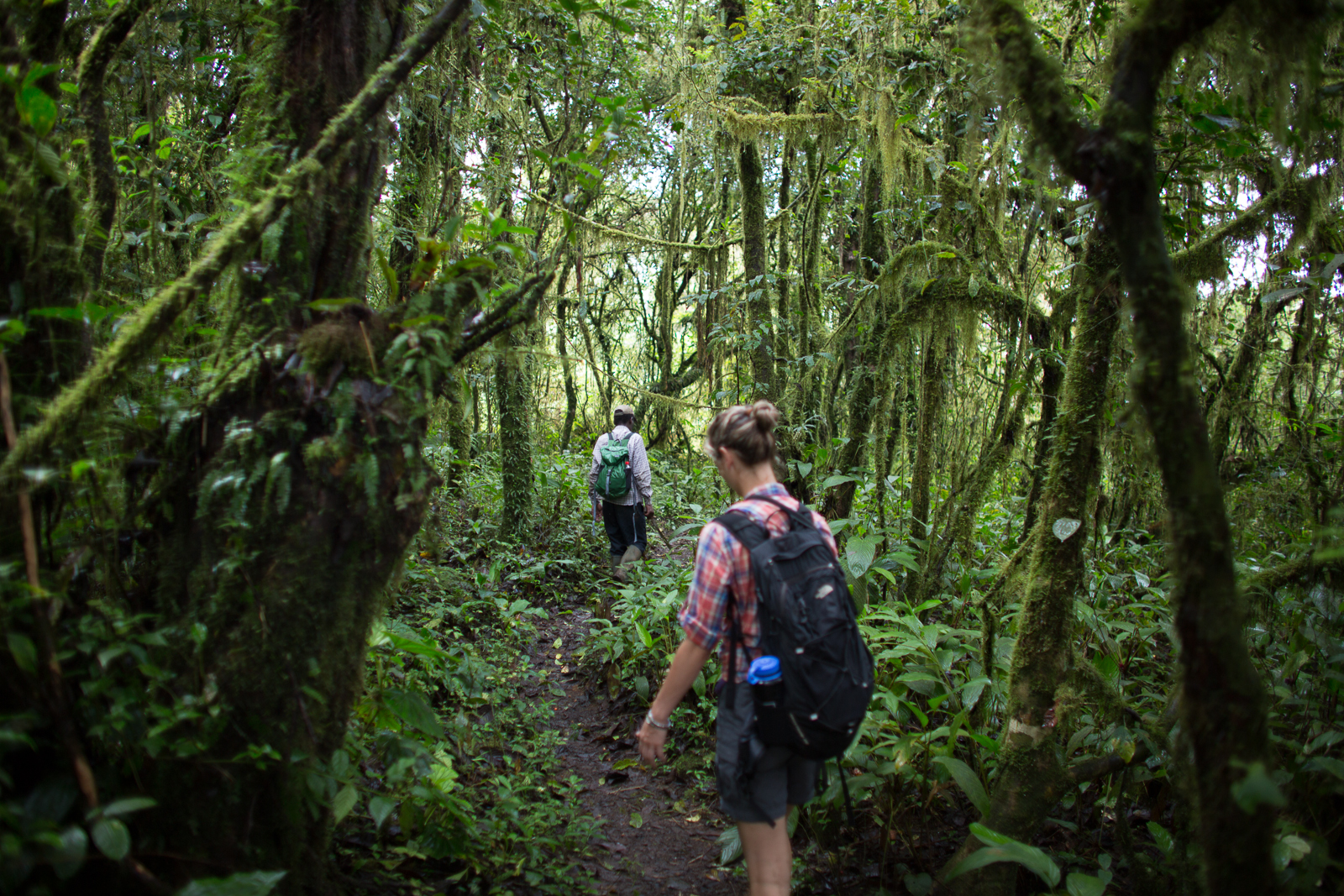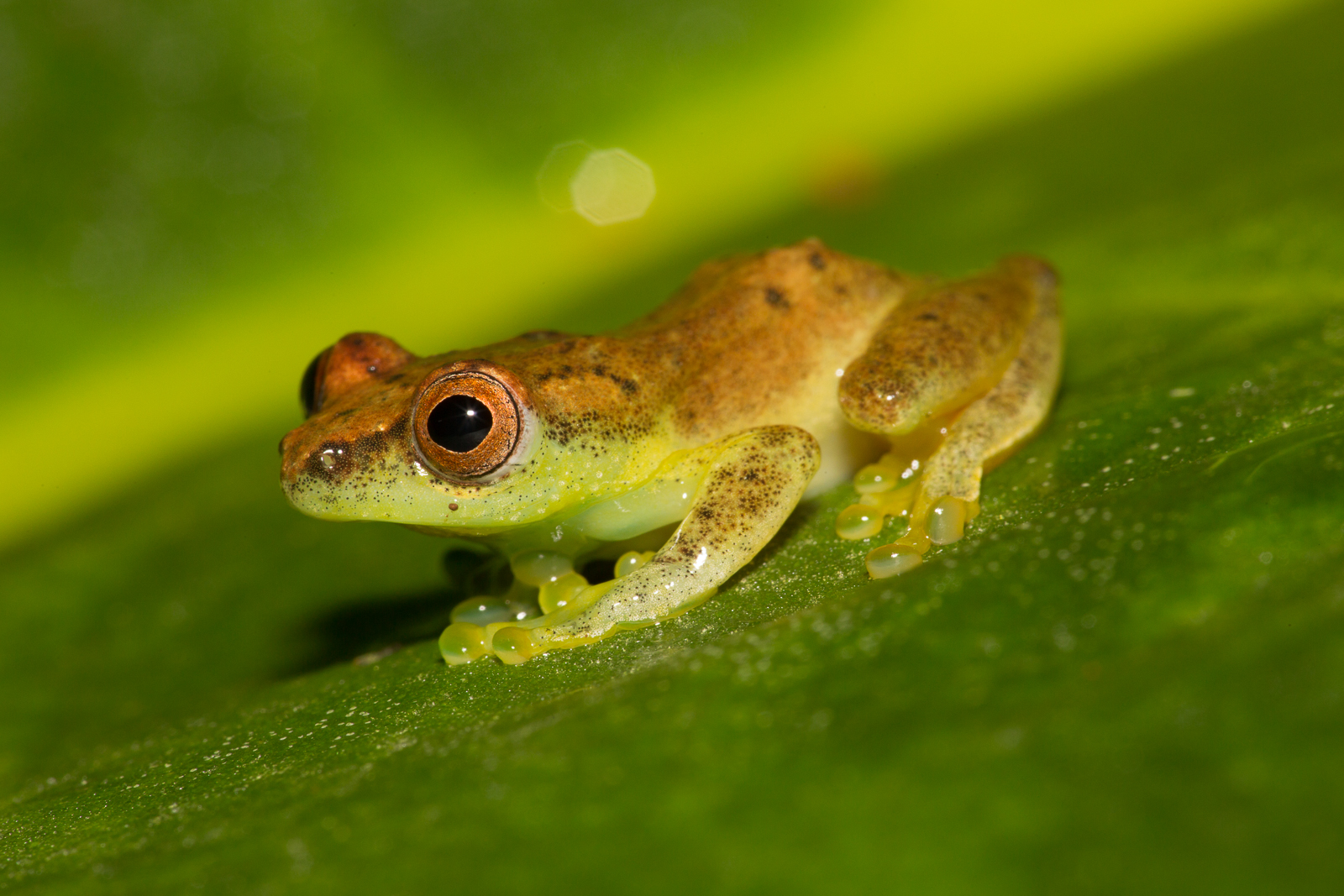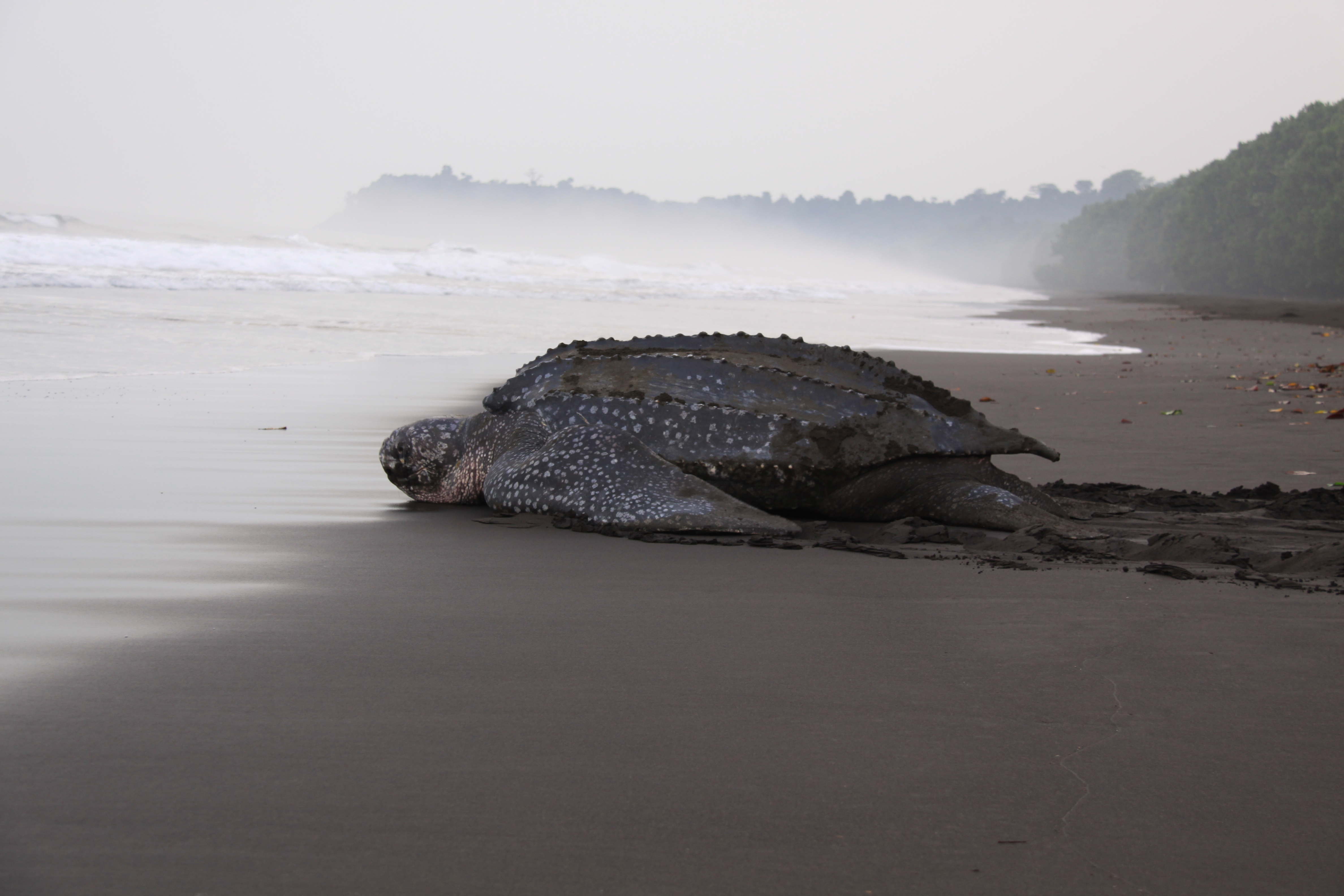Protecting Bioko’s Biodiversity, Part 2
By Stefanie Kroll, PhD
May 1, 2019
We have travelled from the capital
of Equatorial Guinea, Malabo, to the small town of Moka (population around
200). This unassuming place has been the real home base for the Bioko
Biodiversity Protection Program for over 20
years.
The Moka Wildlife Center sits at
the base of steep hills that form the crater containing Lago Biao. When it’s
humid, the surrounding ridges and all their dense vegetation are covered in
clouds as they move through. It is a relatively modest place, with a house for
students and researchers, an education building with classroom, lab space and
wildlife exhibit.
Our water supply is from rain
collectors on the roof, and hot showers are made with pots of water heated over
the fire. I get a top bunk with a mosquito net and channel the endemic
chameleon in the center’s terrarium each time I carefully climb into bed!
Drexel researchers and study
abroad professors Patrick McLaughlin, PhD, and Dana Venditti have been doing
their work here for the past two months, but both have been engaged with the
program for over six years. McLaughlin studies frogs, genetics and
conservation, although he is also working in conservation of pandas in China.
 Closer look at the dense vegetation surrounding walking paths of Bioko.
Closer look at the dense vegetation surrounding walking paths of Bioko.
This year has been especially dry
in the dry season—the streams I had hoped to find new species in are not
flowing, and I felt lucky to find one small puddle with some whirligig beetles,
water striders and small squaregill mayflies. These taxa tend to reside in
still water, and they tolerate low oxygen levels, so I can’t be sure about the
water quality from just this isolated pool.
McLaughlin is concerned that he
has found very few frogs this year. Since he began surveying the amphibian
communities, he has never seen so few. This year he has only seen three
specimens.
When I sampled remote jungle
streams in the southern beaches of Moaba, I was shocked to find only one species
of crayfish and virtually no aquatic insects. Most streams have millions of
insects, so they can be found under each rock and along the banks. But this
stream, with no nearby populations or stressors, is an enigma.
Could the work of Christine
Sealing, Amanda Lough, PhD, and Loyc Vanderclausen, PhD, vulcanologists in
Drexel’s Biodiversity, Earth and Environmental Science Department, help me find
clues as the what’s happening with the water quality? McLaughlin and I worry
that missing frogs and missing bugs may also be related, which we hope to explore
in a future trip.
 A survey of amphibian communities is showing a decreasing number of frogs such as this one.
A survey of amphibian communities is showing a decreasing number of frogs such as this one.
During my visit, I was able to connect with Jose Manuel Esara, Faustino Anda Esono, and Jose Manuel Borilo at the National University of Equatorial Guinea. These professors are working hard to take stock of all the questions that can be asked and answered about Bioko’s natural environments. I asked about the recent dry period, and they noted that although Bioko gets 10 meters (394 inches) of rain a year, compared to Philadelphia, which gets 1,053 millimeters (41 inches) on average, there are still long periods where communities have no water each year.
We brainstormed about the ways
Drexel researchers could collaborate with the University of Equatorial Guinea
to help resolve some water quantity issues, not to mention poor water quality,
with so many waterborne diseases. Drexel’s work here has always been based in
collaborating to collect information for important natural resource issues.
Mary Katherine Gonder, PhD, is continuing the primate and sea turtle surveys that Gail Hearn, PhD, started around 20 years ago. She connects work in Bioko to surveys in nearby Cameroon and promotes related social initiatives in the community for employment and conservation.
Venditti, Gonder’s PhD student,
collaborates with the forest service and university on bushmeat markets, which
are the biggest threat to the island’s unique mammals.
 The Leatherback turtle is one of the few specimens that are a part of the surveys in Bioko.
The Leatherback turtle is one of the few specimens that are a part of the surveys in Bioko.
As we explore ways to get more
involved with this diverse and delicate tropical island ecosystem, the Drexel
Study Abroad students are developing public service announcements to continue
to urge the citizens of EG to preserve and protect their natural resources
under a grant Gonder received from U.S. Fish and Wildlife Service.
Their final projects for
McLaughlin’s Research Methods class and Venditti’s Natural Resource Economics
class are also in progress, and they are huddled in groups around the research
center working through the end of semester until the town’s ladies who cook for
them, known as the “Mamas” announce that dinner is ready.
I’ll leave Moka in a few days to
go back to Malabo for my departure, full of ideas for how we can keep
supporting this amazing program and develop research on water quality and
quantity. That means I’ll have to say goodbye to nighttime serenade of the
hyrax outside my bedroom window, the stoic assessment of the visiting
chameleon, and the distant sounds of colobus monkeys. Well, maybe not
goodbye—maybe just hasta luego.
Read part one in this series here.
Text by Stefanie Kroll, PhD, Assistant Research Professor in the Department of Biodiversity, Earth and Environmental Science of Drexel University and Watershed Ecology Section Leader at the Academy of Natural Sciences.
Images courtesy of the Bioko Biodiversity Protection Program